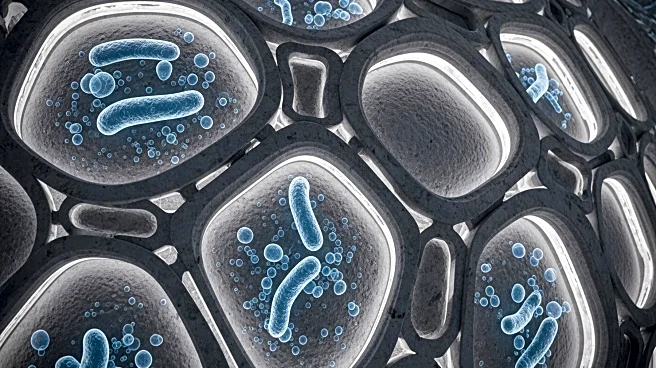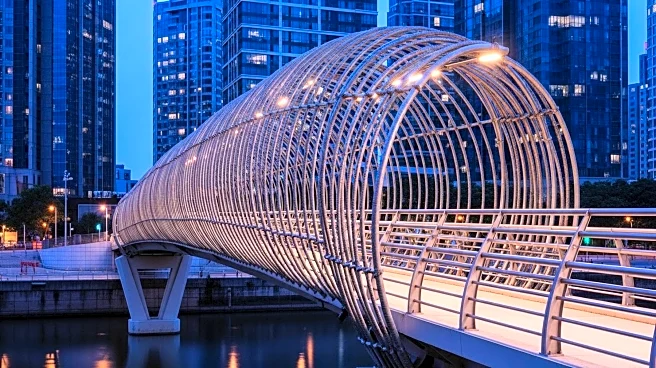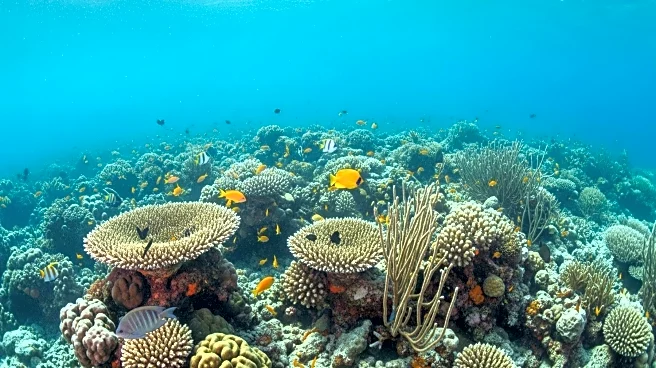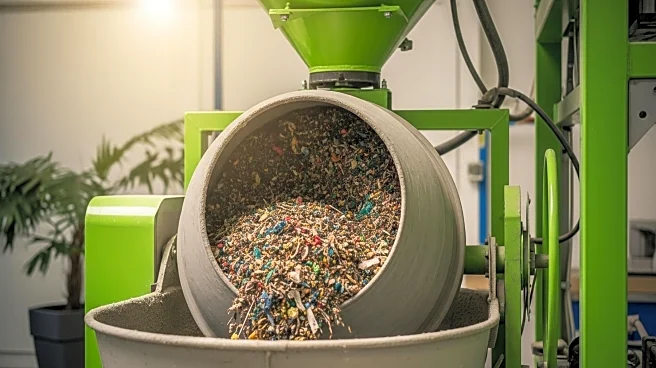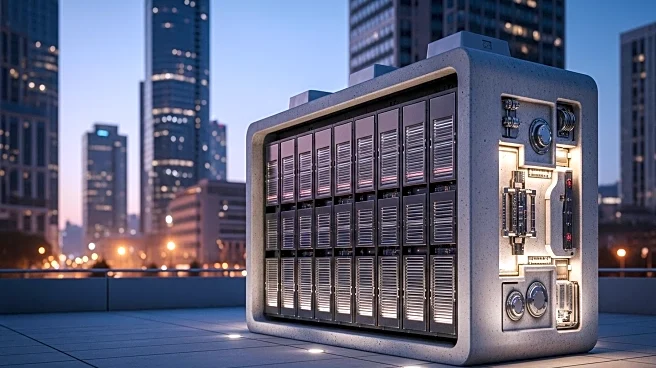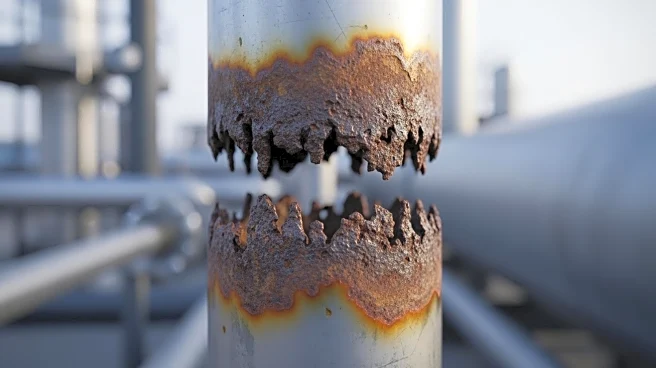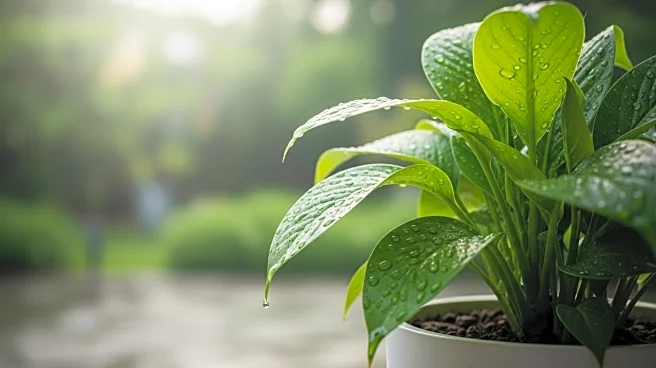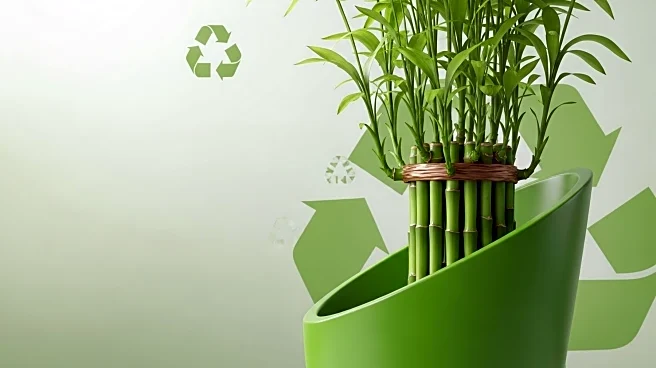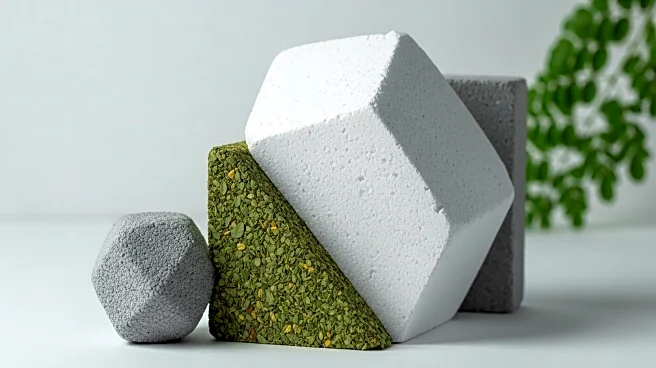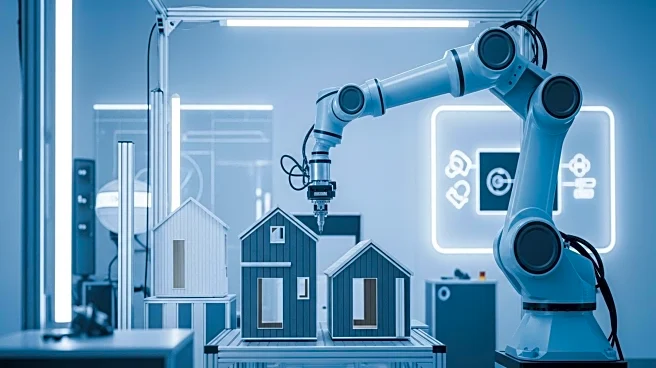What is the story about?
What's Happening?
Researchers have engineered a new type of concrete that can heal its own cracks using Bacillus subtilis bacteria. This innovative material, detailed in a study published in Scientific Reports, incorporates bacteria that produce calcium carbonate to seal cracks automatically. The concrete mix includes calcium lactate as a nutrient source, which activates the bacteria when water enters the cracks. This self-healing capability not only extends the lifespan of concrete structures but also reduces maintenance needs and environmental impact. The study also explored the use of manufactured sand (M-sand) as a sustainable alternative to river sand, finding that it enhances the concrete's performance.
Why It's Important?
The development of self-healing concrete has significant implications for the construction industry, particularly in infrastructure exposed to regular stress, such as bridges and highways. By reducing the need for frequent repairs, this technology can lower maintenance costs and extend the lifespan of structures. The use of M-sand further contributes to sustainability by reducing reliance on natural resources. This advancement supports the construction of more resilient and environmentally friendly infrastructure, which is crucial in the face of increasing urbanization and climate change challenges.
What's Next?
Future research will focus on testing other bacterial strains and nutrient sources, assessing long-term performance under real-world conditions, and evaluating the cost-effectiveness of scaling up production. These steps are essential for transitioning from laboratory success to commercial viability, potentially leading to widespread adoption of self-healing concrete in the construction industry.
AI Generated Content
Do you find this article useful?
